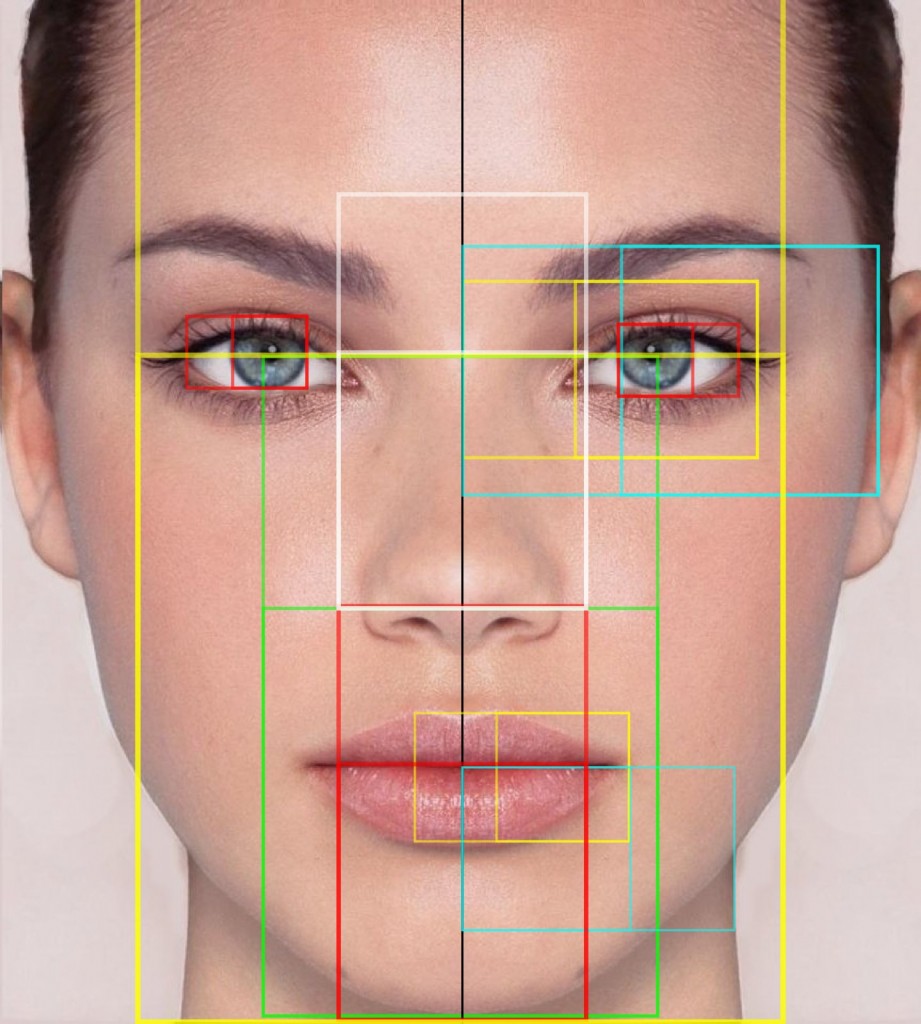Combination Cosmetic Surgeries, General Anesthesia Drive AEs
Laura Newman, MA
February 9, 2012 — The use of general anesthesia, the performance of liposuction under general anesthesia, and a combination of surgical procedures significantly increase the risk for adverse events (AEs) in office-based surgery, according to reviews of statewide mandatory AE reporting in Florida and Alabama. More than two thirds of deaths and three quarters of hospital transfers were associated with cosmetic surgery performed under general anesthesia, according to an article published in the February issue of Dermatologic Surgery.
The study, derived from 10-year data from Florida and 6-year data from in Alabama, "confirms trends that have been previously identified in earlier analyses of this data," write the authors, led by John Starling III, MD, from the Skin Cancer Center, Cincinnati, and the Department of Dermatology, University of Cincinnati, Ohio.
In a companion commentary, C. William Hanke, MD, from the Laser and Skin Surgery Center of Indiana, Indianapolis, presses for 3 patient safety practices: "(1) Keep the patient awake!... 2) Think twice before supporting a patient's desire for liposuction that is to be done in conjunction with abdominoplasty under general anesthesia.... 3) "[B]e advocates for prospective, mandatory, verifiable adverse event reporting...[that] should include data from physician offices, ambulatory surgical centers, and hospitals to define and quantify problems that can be largely prevented and eliminated."
The authors and editorialist are especially critical of liposuction performed under general anesthesia. The study revealed that although liposuction is perhaps one of the most common cosmetic surgical procedures, no deaths occurred in the setting of local anesthesia. "Liposuction under general anesthesia accounted for 32% of cosmetic procedure-related deaths and 22% of all cosmetic procedure-related complications," the researchers write.
The researchers analyzed mandatory physician AE reports in ambulatory surgery submitted to their respective states, encompassing 10-year data in Florida and 6-year data in Alabama. A total of 309 AEs were reported during an office-based surgery during the 10-year period in Florida, including 46 deaths and 263 reportable complications or transfers to hospital. Cosmetic surgeries performed under general anesthesia accounted for the vast majority of deaths in Florida, with liposuction and abdominoplasty the most frequent procedures.
Six years' worth of data from Alabama revealed 52 AEs, including 49 complications or hospital transfers and 3 deaths. General anesthesia was implicated in 89% of reported incidents; 42% were cosmetic surgeries. Pulmonary complications, including pulmonary emboli and pulmonary edema, were implicated in many deaths in both states.
Plastic surgeons were linked to nearly 45% of all reported complications in Florida and 42.3% in Alabama, write the researchers. Office accreditation, physician board certification, and hospital privileges all revealed no clear pattern.
One limitation acknowledged by the authors is that case logs of procedures performed under general and intravenous sedation are required in Florida, but are not public domain, and so were unavailable for analysis. In addition, investigators were not able to obtain data on the total number of liposuction procedures performed in either state. The lack of those data prevented them from calculating the overall fatality rate.
The authors and the editorialist have disclosed no relevant financial relationships.
Dermatol Surg. 2012;38:171-179. Article abstract, Commentary extract
Medscape Medical News © 2012 WebMD,










